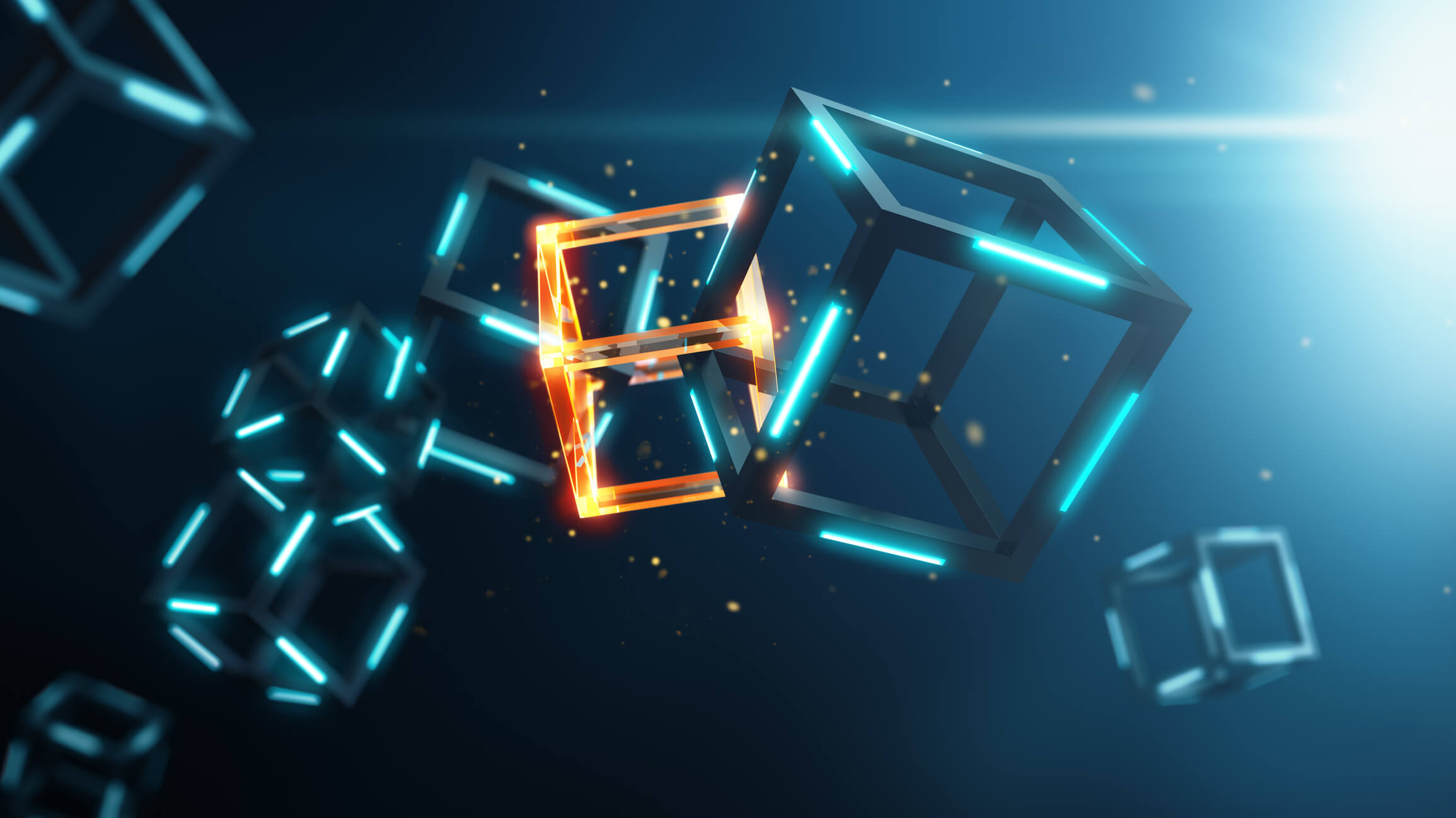Students get hands-on research experience at AU thanks to Mitacs Globalink partnership
AU researchers are building international relationships with student researchers and increasing the university’s profile around the world
International student researchers have the opportunity to work directly with Athabasca University researchers thanks to a pan-Canadian partnership that is helping the university build international connections.
Each year, students from all around the world can apply for a Mitacs Globalink Research Internship, which supports their efforts to travel to Canada over the summer and work with Canadian researchers. Dr. Vive Kumar, associate dean of the Faculty of Science and Technology (FST), helped to get AU involved in this partnership more than a decade ago to not only teach research skills, but also to develop his own skills.
“This is just one activity we engage in, but it makes me a better researcher,” he said. “Not only that, it showcases to the rest of the world that these students went to Athabasca University, Canada, and then come back and the word spreads.”
Mitacs partnership brings value to AU
Kumar said the partnership benefits AU, and the graduate students who participate, in several ways. For starters, student interns support research capacity by taking on some of the work. But they also bring their own talent and perspectives to make projects better.
“These students are the cream of the crop from their institutions,” he said. “If I give them a problem, they readily see a solution and they readily know which tools to apply.”
Internationalization of research is another important benefit. Interns who have great experiences are more likely to return to Canada later in their careers and become part of the research community here. The program also helps AU create relationships globally with the students’ home universities.
“You have to bring that awareness to the rest of the world to say that, hey, this university does research and is traditionally known for online learning and techniques to engage students in an online environment,” he said.

Mitacs internship benefits international students
Although it began with just a handful of international students each year, that number has grown to 2 dozen in recent years. Many who come, including the students who worked with Kumar in summer 2022, report that it’s a positive experience.
One of the projects he presented to prospective learners analyzes students’ progress and problem-solving style while they work on math exercises within the Mobius platform, which is used for many AU math courses. This kind of data can be used to detect cognitive issues the students face and offer custom feedback in a way that can help educators customize learning experiences for students.
Ayanava Bagchi, who studies mechanical engineering at Jadavpur University in Kolkata, India, said one of the most important things he learned was the importance of defining a rigorous problem statement in your research—especially in a complex longer-term project like this one.
“Doing experiments in this case is not easy as it involves study of students’ behaviours for a long time,” he said.
I mainly focused on how the technological advances which happened in the fourth industrial revolution can contribute to a more formative and accurate student evaluation system. Divyangi Singh, MITACS student researcher
Using technology in education
Another student who worked with Kumar was Pragya Gupta, who studies computer science and engineering at SRM University Andhra Pradesh, India—and is a self-described blockchain enthusiast.
She worked with Kumar on a project focused on how blockchain technology—popularized in cryptocurrency transactions—could be applied to analyzing students’ coursework, with the goal of helping educators potentially improve the student experience.
Her work specifically involved expanding an existing blockchain system design for a real-world online course and identifying both the challenges of implementing such a system and its potential benefits.
This included reviewing existing scholarly literature on the topic, studying the existing system and its design, implementing new ideas on the current design for use in online courses, and creating a draft article on the use of blockchain technology in higher education.
Divyangi Singh, a computer science engineering student from the Vellore Institute of Technology in India, worked with Kumar on a project about the fourth industrial revolution (4IR) in higher education.
“I mainly focused on how the technological advances which happened in 4IR can contribute to a more formative and accurate student evaluation system,” she said.
This included developing different types of computer models to analyze and evaluate student performance, and comparing the models to find out which is more accurate.
Learn more about the Globalink Research Internship.